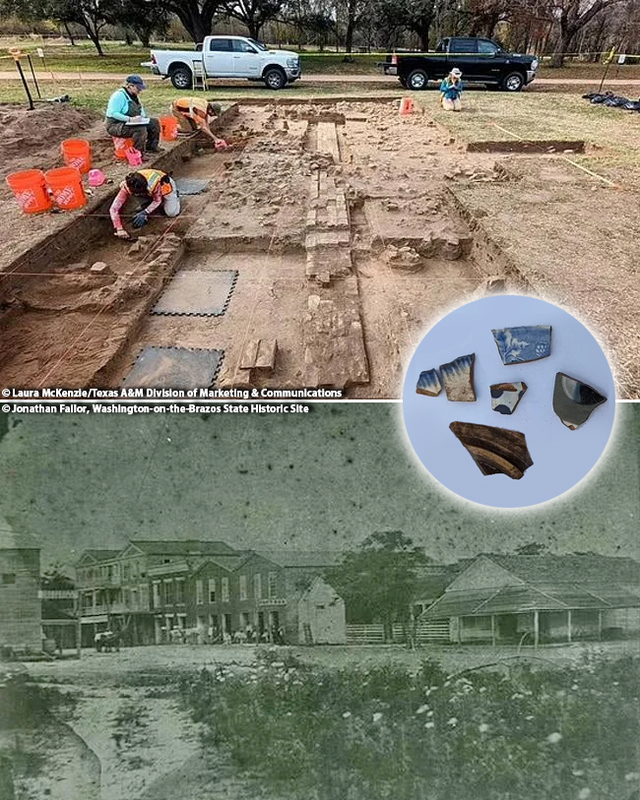Nestled along the Brazos River, Washington-on-the-Brazos, fondly known as the “Birthplace of Texas,” holds an unparalleled significance in the history of the Lone Star State. Recent archaeological efforts have unearthed over 10,000 artifacts that shine a light on the lives of early settlers and the pivotal moments that shaped the state’s history. These findings, ranging from everyday objects to architectural remnants, offer a vivid glimpse into the past and the town’s central role in Texas’s journey toward independence.
A Glimpse into History
Founded in 1835, Washington-on-the-Brazos emerged as a bustling town where early settlers gathered to forge a new future. The town gained historical prominence in 1836 as the site where delegates signed the Texas Declaration of Independence, formally breaking ties with Mexico.
In its heyday, Washington served as a hub for political, social, and economic activity, attracting figures like Davy Crockett, who rested here before his fateful journey to the Alamo. Despite its prominence, the town was later abandoned, leaving behind fragments of its storied past waiting to be uncovered.
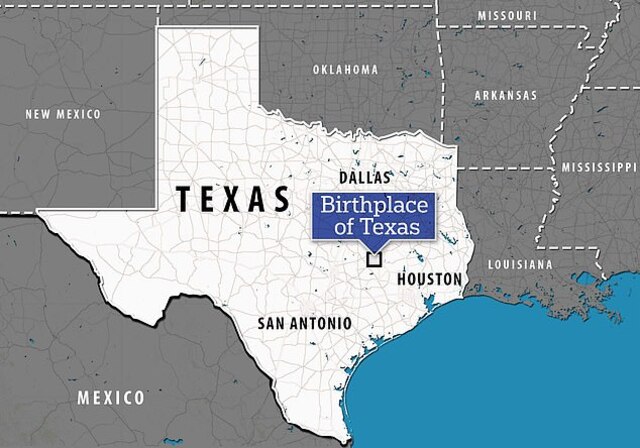


The Archaeological Project
Led by archaeologists from Texas A&M University and Integrated Environmental Solutions, the recent excavation at Washington-on-the-Brazos has revealed an astounding array of artifacts. The project, initiated as part of a larger effort to preserve the site, uncovered not only the physical remnants of buildings but also objects that speak volumes about the daily lives of its inhabitants.
The base of a brick fireplace, once part of a bustling tavern, marks one of the key discoveries. This tavern, a haven for weary travelers, played host to historical figures like Crockett, emphasizing its significance in Texas’s early narrative. Coins discovered at the site, including an 1831 U.S. dime and an 1820 Spanish silver coin bearing the image of King Ferdinand VII, highlight the town’s connection to both the United States and Mexico. These artifacts paint a picture of a dynamic community shaped by trade and cultural exchange.

Everyday Life Unearthed
Among the findings were everyday objects that reveal the routines and resources of the town’s early settlers. Items such as knives, nails, glass, and ceramics provide a tangible connection to the past, illustrating the practical tools that sustained life in the 19th century. The excavation also revealed a trash pit containing food remains, including a pig jawbone and an ironstone platter, offering insights into the settlers’ diet and dining customs.
Objects like nails, glass, and ceramics were unearthed, giving a glimpse into the everyday life of the town’s residents.
Further discoveries included a horn comb and a paw print embedded in the streets, capturing personal and whimsical moments from a bygone era. These seemingly small details bring the history of Washington-on-the-Brazos to life, providing a humanizing glimpse into the lives of its inhabitants.
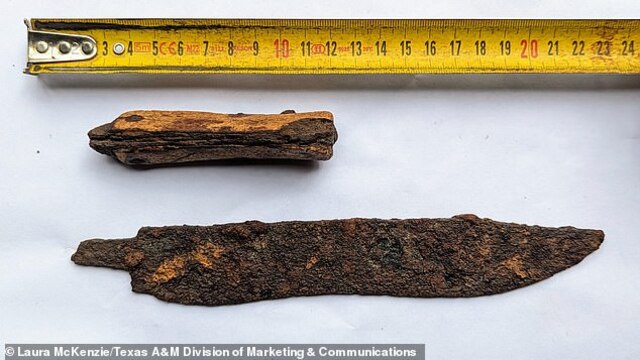
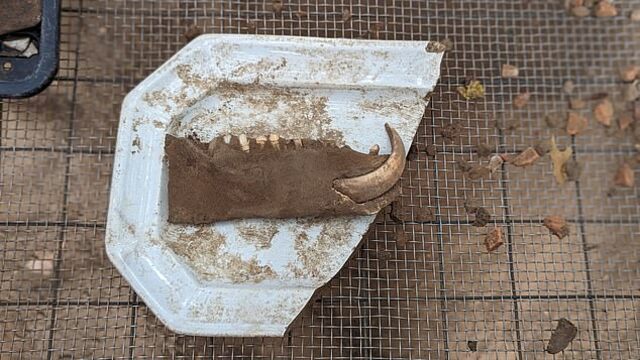
Architectural Discoveries and Their Significance
The excavation also uncovered structural remnants that tell the story of Washington’s architectural evolution. The brick floor of a building, believed to have served as a storehouse before being transformed into a two-story structure in 1854, speaks to the layers of history embedded in the site. This discovery highlights the town’s adaptability and growth over time, reflecting broader trends in the development of early Texan settlements.
Another key finding was the partial remains of Sam Houston’s presidential log cabin, originally a family home repurposed during his presidency. This structure stands as a testament to Washington’s political importance during the Republic of Texas era, underscoring its role as a center of governance and decision-making.
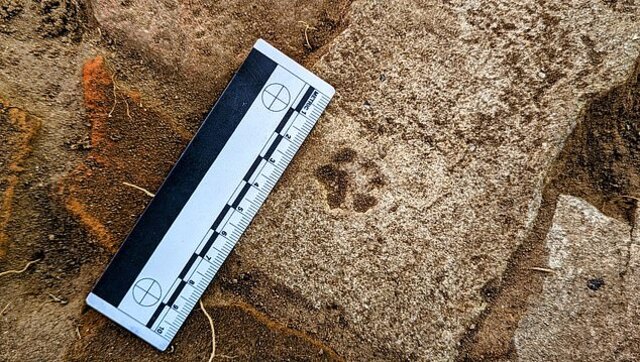
Cultural Connections Through Artifacts
The variety of artifacts discovered at Washington-on-the-Brazos underscores the town’s position as a cultural crossroads. Coins, tools, and pottery reflect the town’s connections to broader trade networks spanning Mexico, the United States, and even Europe. These artifacts highlight the diverse influences that shaped the community and the resourcefulness of its inhabitants.
For instance, the presence of Spanish coins alongside American currency illustrates the fluid economic exchanges between regions. Similarly, the discovery of imported ceramics and glassware speaks to the settlers’ efforts to maintain cultural ties and incorporate global trends into their everyday lives.
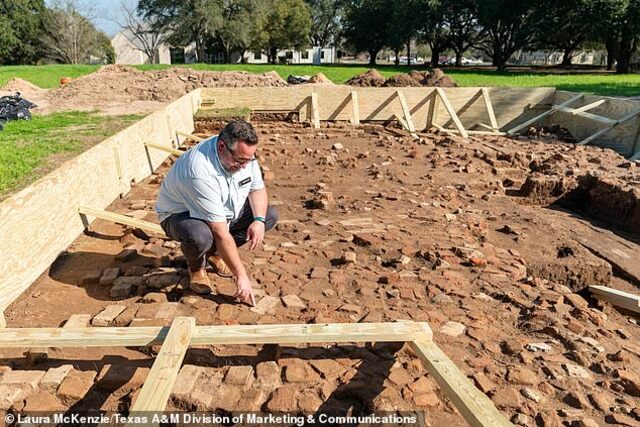

Why Washington Was Abandoned
Despite its historical importance, Washington-on-the-Brazos eventually fell into decline. In the 1850s, local residents resisted the construction of a railroad through the town, opting instead to rely on river transport. This decision, though reflective of their dependence on traditional means of transportation, ultimately led to the town’s abandonment as other areas embraced industrial advancements.
Archaeologist Jonathan Failor noted that this moment marked a turning point in Washington’s history. While the town’s refusal to modernize contributed to its decline, it also preserved its historical fabric, providing modern archaeologists with an unaltered glimpse into Texas’s early days.
Preserving the Birthplace of Texas
The ongoing $51 million renovation project aims to bring Washington-on-the-Brazos back to life, allowing visitors to experience the town’s historical significance firsthand. Plans include full-size recreations of the tavern and Sam Houston’s log cabin office, along with exhibits showcasing the artifacts uncovered during the excavation.
These efforts not only honor the legacy of early Texans but also ensure that future generations can learn from and appreciate this pivotal chapter in the state’s history. The town’s layered narrative—of independence, resilience, and eventual decline—serves as a powerful reminder of the complexities of progress and preservation.
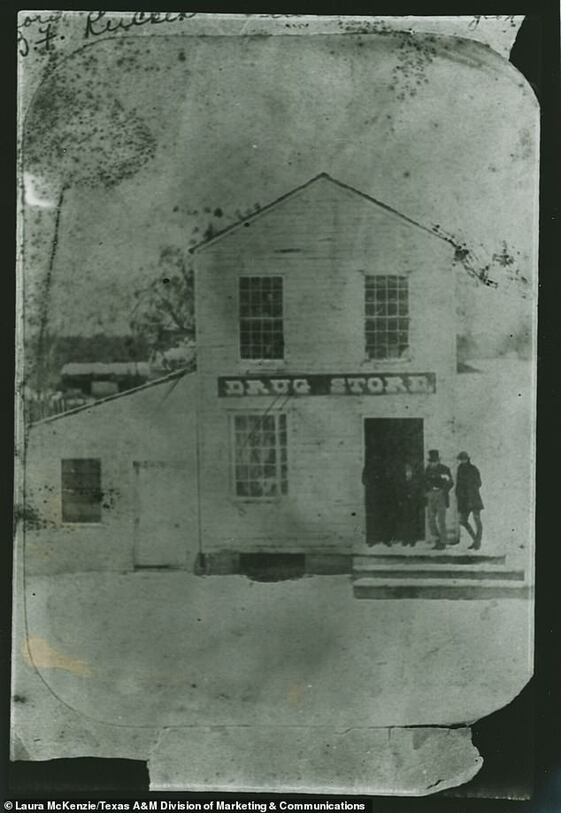
Conclusion
The archaeological discoveries at Washington-on-the-Brazos have illuminated the rich history of Texas’s “Birthplace,” offering new insights into the lives of its early settlers and the events that shaped the state’s identity. From the personal artifacts that capture everyday life to the structural remnants that tell stories of adaptation and change, each find deepens our understanding of this remarkable town. As efforts to preserve and reconstruct the site continue, Washington-on-the-Brazos stands as a testament to the enduring legacy of Texas’s past and its significance in shaping the future.
